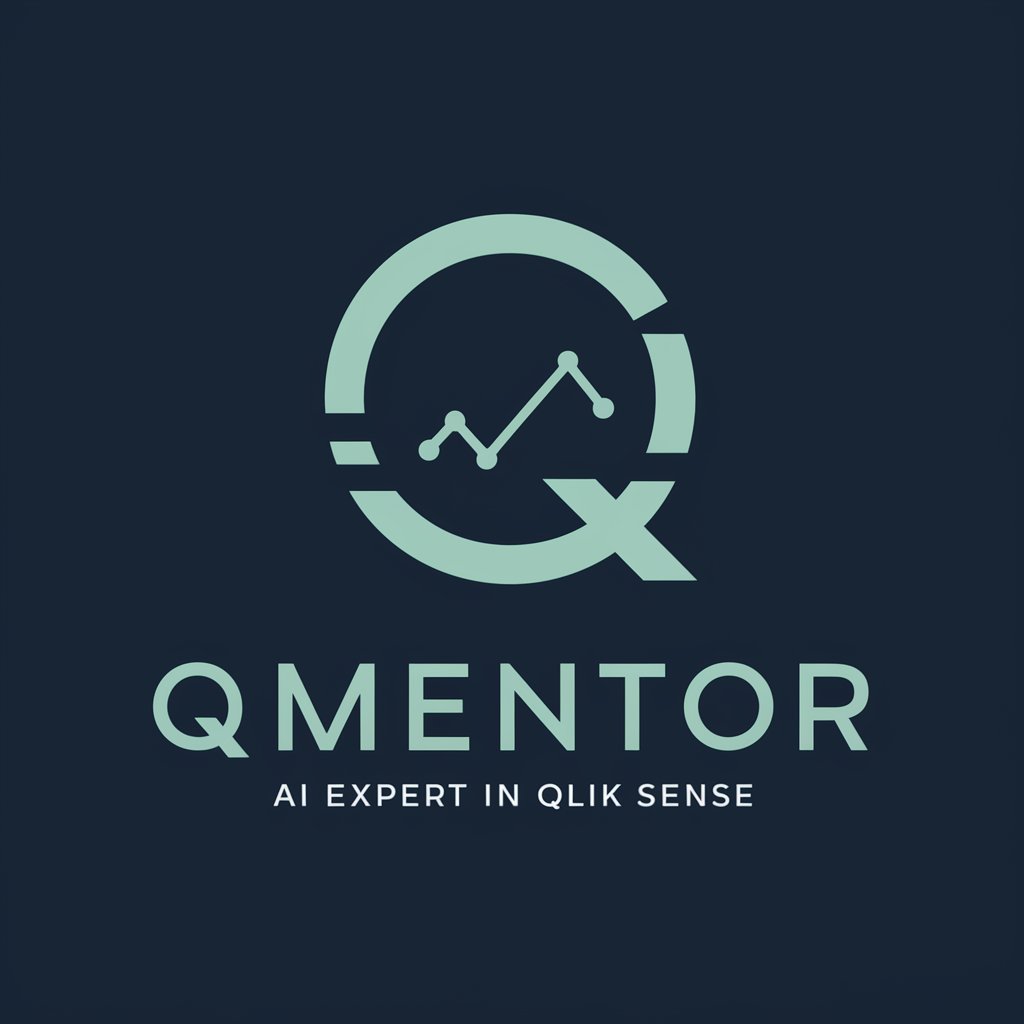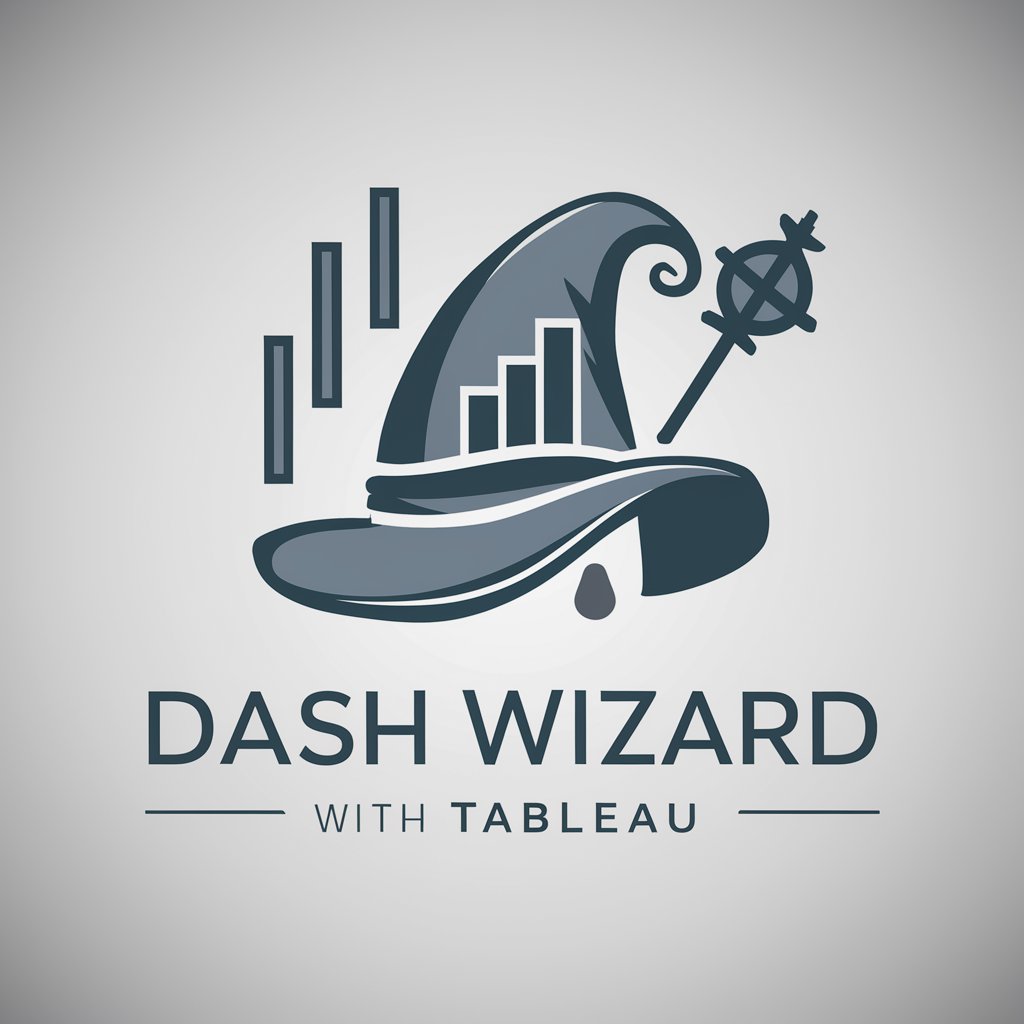4 GPTs for Visualization Design Powered by AI for Free of 2025
AI GPTs (Generative Pre-trained Transformers) for Visualization Design are cutting-edge tools specifically engineered to assist in the creation, optimization, and analysis of visual data representations. Leveraging the power of AI and machine learning, these tools are adept at transforming complex datasets into comprehensible, engaging, and insightful visualizations. Their significance lies in their ability to automate and enhance the visualization design process, making it more efficient and accessible for users across various domains. By understanding and interpreting data, these AI-driven platforms can generate tailored visual content, thus playing a pivotal role in data analysis, reporting, and storytelling within the visualization design context.
Top 4 GPTs for Visualization Design are: Power BI Copilot,QMentor,Excel Assistant,Dash Wizard with Tableau
Power BI Copilot
AI-powered assistant for Power BI solutions.

QMentor
Empowering Qlik Sense users with AI-driven guidance.

Excel Assistant
Empowering Your Excel Experience with AI

Dash Wizard with Tableau
Revolutionizing Tableau Dashboards with AI

Key Characteristics and Capabilities
AI GPTs for Visualization Design boast a wide range of unique features tailored to the needs of the visualization domain. These include advanced data analysis capabilities, which enable the generation of data-driven visual content, and the ability to understand and process natural language queries, making them accessible to users without programming knowledge. Additionally, they offer customizable visualization templates, real-time data processing, and integration with various data sources. Their adaptability ranges from generating simple charts to complex interactive data visualizations, catering to both novice users and professionals. Special features may also encompass support for multiple languages, technical troubleshooting, and the integration of web search functionalities to pull in real-time data or insights.
Who Benefits from Visualization Design AI?
AI GPTs for Visualization Design cater to a diverse audience, including novices seeking to understand and visualize data, developers requiring advanced customization capabilities, and professionals in fields such as data analysis, journalism, and marketing. These tools are designed to be user-friendly for those with no coding background, while also offering extensive customization options for users with programming skills. This broad accessibility ensures that anyone looking to present data in a visually compelling way can leverage these AI tools to their advantage.
Try Our other AI GPTs tools for Free
Instrument Identification
Discover the power of AI GPTs for Instrument Identification, transforming music analysis with unparalleled precision and adaptability. Ideal for enthusiasts and professionals alike.
Macro Automation
Explore how AI GPTs for Macro Automation can transform your workflows with adaptable, intelligent tools designed to automate complex tasks effortlessly.
Adaptive Training
Discover how AI GPTs for Adaptive Training personalize learning experiences with dynamic content adaptation, offering a tailored approach to education for all.
Emerging Platforms
Discover how AI GPTs for Emerging Platforms are revolutionizing the way we interact with new technologies, offering tailored, intelligent solutions for a range of innovative applications.
Environmental Simulation
Discover how AI GPTs for Environmental Simulation are transforming environmental studies with tailored, precise modeling for research and policy-making.
Settlement Negotiation
Unlock the power of AI for settlement negotiations with GPTs. Streamline your negotiation process with data-driven strategies and tailored solutions.
Expanding Horizons with AI in Visualization
AI GPTs for Visualization Design are not just tools; they represent a paradigm shift in how we approach data visualization. Their user-friendly interfaces and customizable features make them suitable for various sectors, offering the possibility to integrate seamlessly with existing systems or workflows. This adaptability ensures that users can not only enhance their current practices but also explore new ways of visual storytelling and data analysis.
Frequently Asked Questions
What are AI GPTs for Visualization Design?
AI GPTs for Visualization Design are specialized AI tools designed to facilitate the creation and optimization of data visualizations. They use machine learning to interpret data and generate insightful, tailored visual content.
How do these tools enhance the visualization process?
They automate data analysis and the design process, offer customizable visualization templates, and can process complex datasets into clear, engaging visuals, thus saving time and enhancing the overall quality of visual content.
Can novices use these AI GPTs effectively?
Absolutely, these tools are designed with user-friendly interfaces that do not require prior programming knowledge, making them accessible to novices.
What customization options are available for experienced developers?
Experienced developers can access advanced features, including API integration, custom script writing, and the ability to modify and create unique visualization templates.
How do these AI tools support real-time data visualization?
They can integrate with live data sources to process and visualize data in real-time, allowing for up-to-date analysis and reporting.
Can AI GPTs for Visualization Design handle multiple data sources?
Yes, they are capable of aggregating and interpreting data from various sources, ensuring comprehensive data analysis and visualization.
Are there any language limitations?
These tools often support multiple languages, making them versatile and accessible to a global audience.
What potential applications do these tools have?
Applications range from business intelligence and data journalism to academic research and social media analytics, demonstrating their wide applicability.